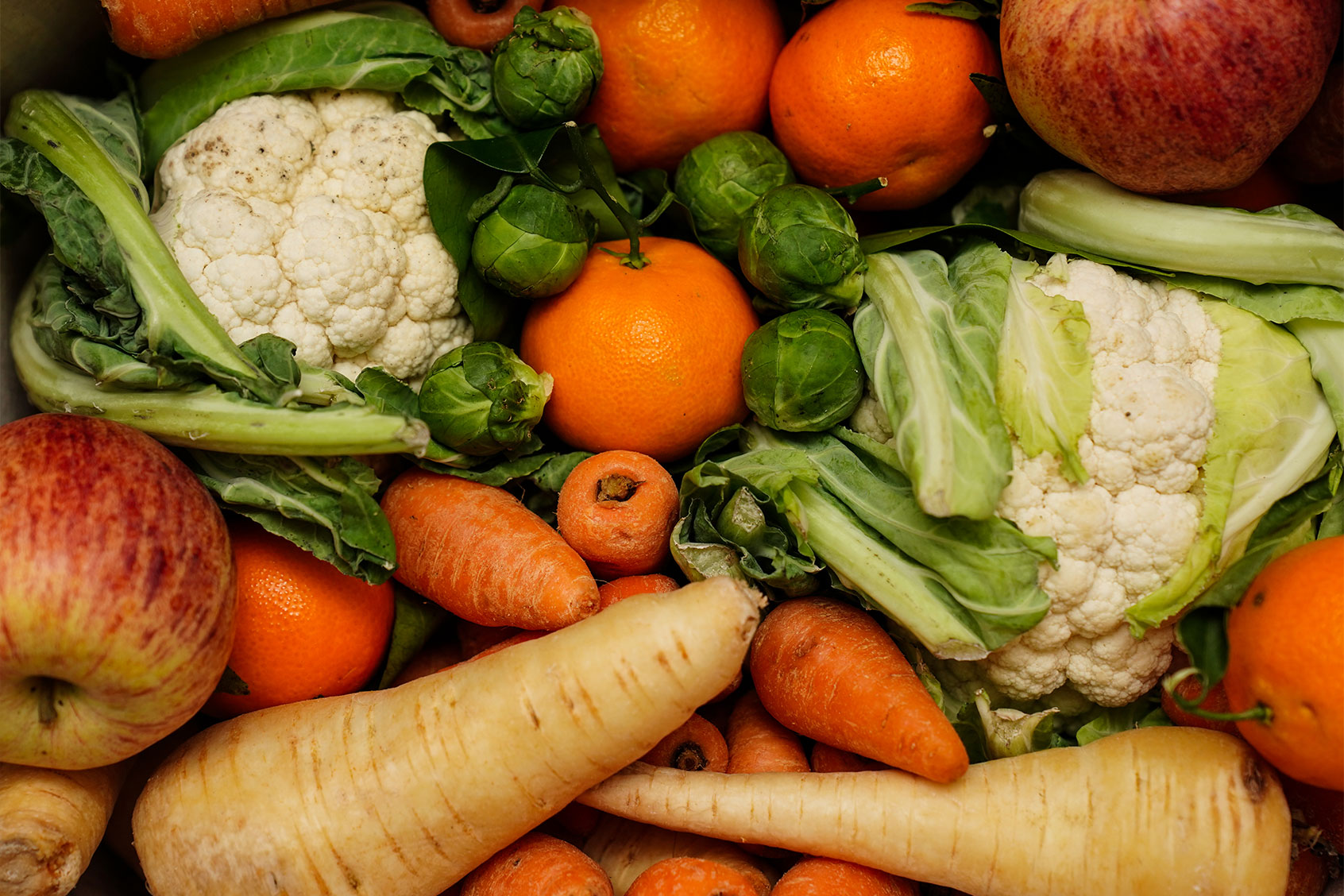Despite the snow and frigid temperatures, winter brings with it an array of delicious, seasonal produce. Root vegetables — like carrots, onions, potatoes and beets — winter squashes, cruciferous vegetables and greens are just a few notable cold-weather favorites. Citruses, including grapefruit, oranges and lemons, alongside pomegranates and kiwifruit are key offerings on the sweeter front. There’s also apples and bananas, which remain popular year-round.
Amid the colder months, it may be tempting to stock up on fruits and vegetables. But staying prepared — or rather, over-prepared — comes with its own risk, especially when there’s inadequate planning. Fresh produce that isn’t stored properly tends to go bad pretty quickly. An abundance of fresh produce also makes it difficult to keep track of what’s good to eat and what’s not. Having a well-stocked refrigerator filled with rotting foods is incredibly wasteful and displeasing, to say the least.
Monitoring your produce doesn’t have to be a difficult (or stressful) task, thanks to a few handy tips. From mindful shopping habits to meal prepping tricks, here are five ways to use winter produce before its goes bad:
A good rule of thumb is to make a list with weekly meals in mind and only buy necessary ingredients. The United States Environmental Protection Agency recommends keeping a running list of meals and their ingredients that your household already enjoys. Before buying those ingredients, double (even triple) check your refrigerator, freezer and pantry to avoid buying foods you already have. It’s also helpful to include quantities on your shopping list to prevent overbuying any one ingredient.
Perhaps the easiest and tastiest way to make use of a handful of winter produce is to make a frittata. The recipe itself is pretty simple. All you’ll need are vegetables, eggs, Parmigiano Reggiano, milk and parsley.
This recipe from Italy Magazine specifically calls for leek, green onion, kale, brussel sprouts and portobello mushrooms. After the vegetables are cooked, pour over the egg mixture (six large eggs whipped together with cheese, milk and parsley) and cook over medium heat for five minutes until the eggs are just barely set. Finish the frittata in the oven for 15 to 20 minutes. Garnish with more cheese and fresh parsley.
Marinades aren’t just for proteins like chicken, pork or beef, they are also great on vegetables. Take for example this recipe for miso-maple marinated winter vegetables from Salon’s Michael La Corte. To make, you’ll need one to two pounds of your favorite winter vegetables (La Corte suggests fennel, cauliflower, celeriac, rutabaga, parsnips, carrots, turnip, winter squash, radicchio, radish, beet, jicama, or kohlrabi), peeled, cored and cut into bite-size cubes or chunks. For the actual marinade, you’ll need white miso, rice wine vinegar, any neutral oil of your choice and maple syrup.
The miso-maple marinated winter vegetables can be enjoyed on their own or alongside rice and protein.
If you’re looking to use up all the veggies and greens that have been forgotten and are approaching their expiry date, be sure to make a generous serving of homemade vegetable broth. The broth can be used to make soups and classic comfort meals to warm you up on a cold day.
Hearty winter vegetables (like cabbage, carrots, leeks, parsnips and radishes) and hearty greens (like arugula, komatsuna, mustard greens, radish tops, spinach and turnip tops) are best for making stock. Simply add your vegetables in a stock pot and heat over medium heat until they are lightly browned and fragrant. Stir in a cup of water and then transfer the cooked vegetables to a crockpot. Add the remaining eleven cups of water and fresh herbs to the mix and continue cooking for approximately eight to ten hours. Once finished, allow the broth to cool, strain into a large container and refrigerate.
To preserve your favorite winter vegetables, simply stash them in the freezer until they are ready to be used. Just be careful about refrigerating smaller vegetables, like fresh broccoli, cauliflower and carrots, because they have low water content.
Frozen vegetables are perfect for making stir-frys. Simply sauté your veggies in a wok or large skillet with a tablespoon of oil over medium high heat. In a separate bowl, whisk together soy sauce, garlic, brown sugar, sesame oil, chicken broth (homemade vegetable broth works too!), and cornstarch. Pour the sauce over the vegetables and cook until the sauce has thickened. Enjoy the stir-fry with noodles, rice and your choice protein.

